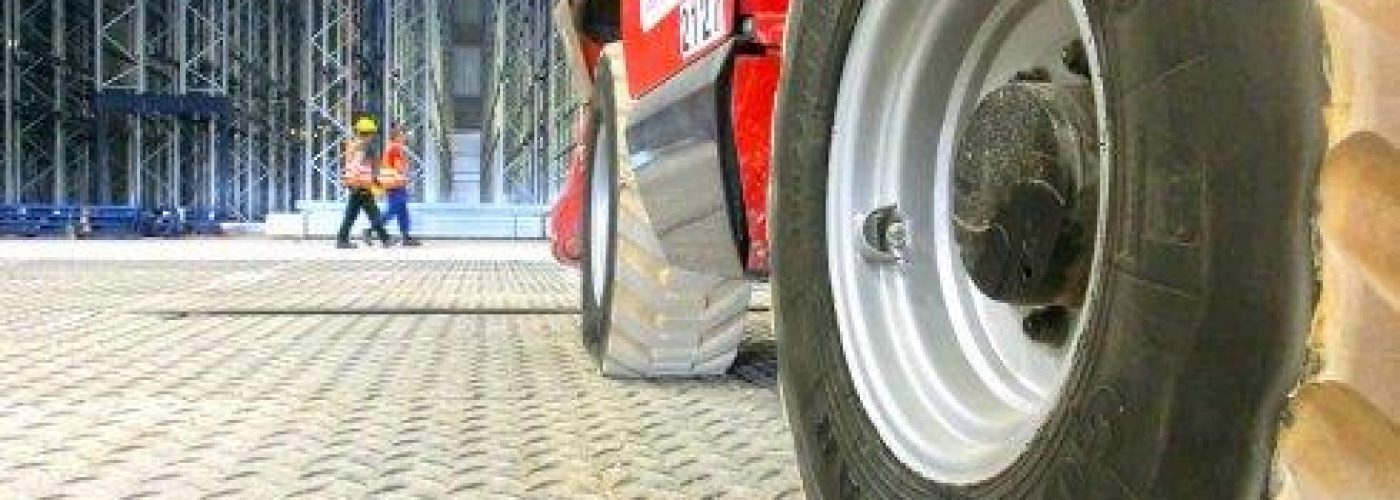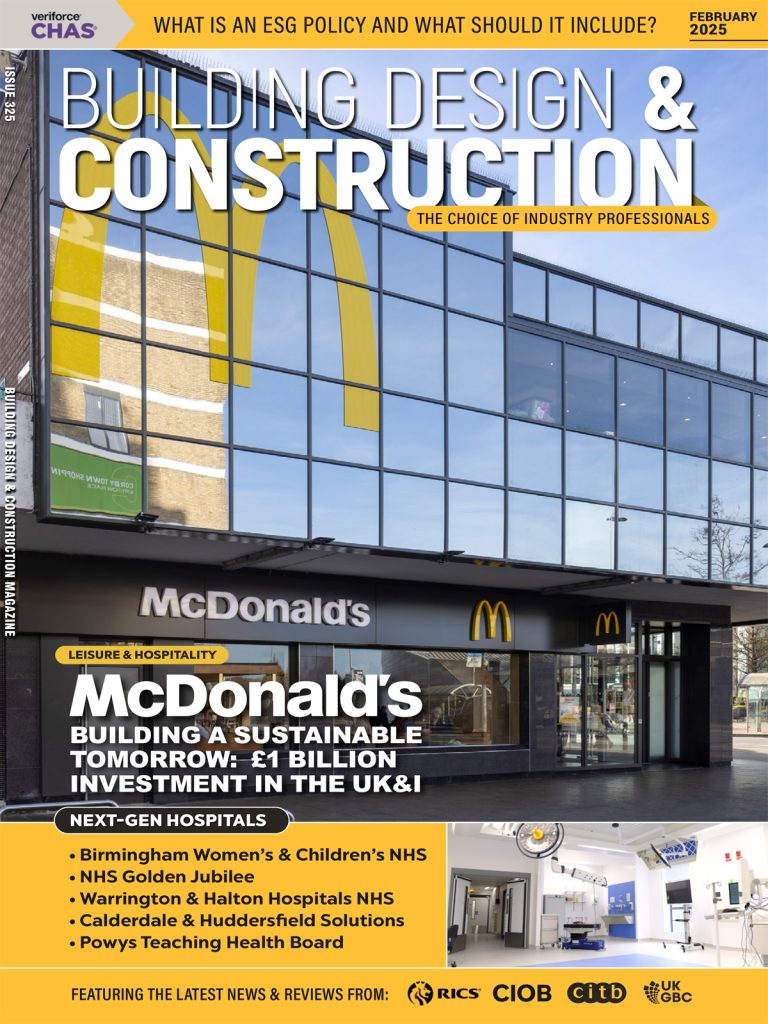Britain may not face quite the same seasonal drop in temperatures as other countries however our winter weather conditions can still pose serious health and safety risks to those working on construction sites.
Michael Knibbs, Managing Director, SafeSite Facilities outlines the top five hazards on construction sites in winter and advises how to ensure your site and workforce is safe and productive during the colder months.
- Put the ground work in
Keep driving surfaces, parking area and walkways free of pot holes. When the ground is frozen it is much harder to maintain these areas. Keeping them well looked after before the big freeze arrives will make removing snow and ice an easier job. Any areas that can be repaired, or holes filled, should be clearly marked out and cordoned off, using safety barriers, so they are visible, even in the snow.
As part of your overall site safety plan, ensure that you have adequate stores of sand, salt and grit. Even if temperatures don’t drop below freezing, rain can make surfaces and equipment, such as ramps and scaffolding, slippery and dangerous. If you choose to use de-icer, make sure site environmental requirements are met. De-icers that are salt based can change the pH and conductivity of ground water.
Consider ordering in specialist ground protection mats that have an anti-slip surface for optimal vehicle grip and pedestrian safety.
- Vehicle and equipment checks
Fluids, such as engine and hydraulic oils, should be rated for the temperatures in your area. Replace them if necessary and put antifreeze oil in pneumatic tools and air hoses. Check that heaters inside vehicle cabs are regularly serviced and working as they should be. Ice or snow should be routinely cleared from windscreens, walkways and steps.
- Don’t let ice cause your safety plan to slip up
Slips and falls can happen at any time of the year on construction sites but winter weather increase the risk due to ice and wet, slippery surfaces.
When temperatures drop, ice may form and accumulate on scaffolding, ladders, walkways, and stairs. If these areas are not treated correctly or built from weather resistant materials, the consequences could be fatal. If there are areas where safety cannot be guaranteed then restrict access using clear signage, safety barriers or fencing.
- Wrap up against the elements
Personal protection equipment can be bulky and restrictive so it’s important to balance protection against the cold with productivity. Choosing the wrong kind of protection can even cause additional hazards such as fogging (if you’re using safety eyewear); reduced hearing (if there is layering around workers’ heads and ears); snow glare and diminished traction over difficult ground.
Waterproofing is essential for gloves, footwear and outwear. These items should also be breathable for comfort and to let perspiration out.
- Get ready to spring back into action
If there has been heavy snow and rainfall bear in mind that at the end of winter additional equipment, such as pumps and hoses, may be needed to remove excess water from site. Review your site plan and ensure that water run-off areas are adequate and whether ditching systems will be able to handle the volume of water that may accumulate based on the amount of snow.





